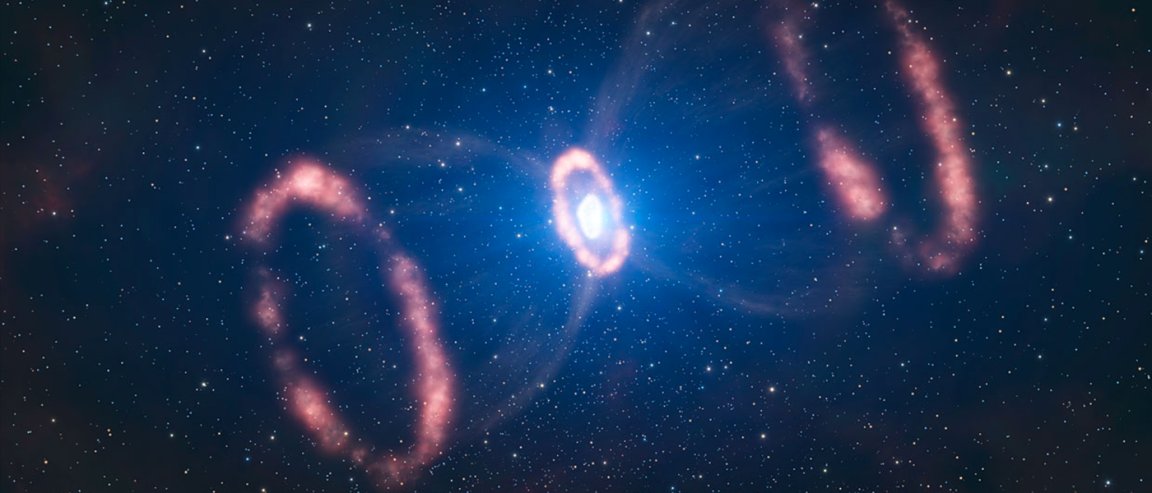
Astrophysicists at Southern Methodist University in Dallas, Texas, believe a star that exploded 30 million years ago in a nearby galaxy (M74) had a radius 200 times larger than our sun. The amount of energy liberated by the explosion—dubbed Supernova 2013ej—was equal to the total energy output of 100 million Suns…in a span of seconds!
That’s a lot of bad days on planet Earth.

It’s possible that planets were orbiting SN 2013ej’s progenitor star prior to it going supernova, in which case those objects would have been obliterated by the blast, said Robert Kehoe, SMU physics professor. “If you were nearby, you wouldn’t know there was a problem beforehand, because at the surface you can’t see the core heating up and collapsing. Then suddenly it explodes—and you’re toast.”
“Part of what makes SN 2013ej so interesting is that astronomers are able to compare a variety of models to better understand what is happening. Using some of this information, we are also able to calculate the distance to this object. This allows us a new type of object with which to study the larger universe, and maybe someday dark energy.”
It’s a potent reminder that there are things out there beside which our own species is less than insignificant—and that there are cosmic catastrophes capable of destroying suns and planets alike.
Let’s just hope they remain 30 million light-years away.